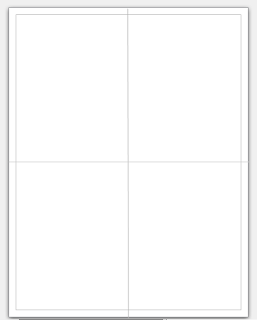Hello, Crafty Peeples!
Here is a simple tutorial for DIY coaster inserts. At the bottom of the page is a link up that will allow you to show us your projects. As with all APTS links, it will be active until December 31, 2016. I would love to see your projects!
THE GREAT COASTER SALVATION
This tutorial is all about the salvation of four coasters from "The Man Cave"
BEFORE SALVATION
Well, to be fair to my husband and my grandson, two of them did have a little cork left, but I had already ripped that out before I remembered I needed a picture. I had been staring at these bad boys for a while and thinking that I needed to purchase new coasters for the cave. Finally it dawned on me, "hey, idiot, you have like a cajillion pieces of scrap paper up stairs and some of it is viny and some is cork. Get busy, girl! This project was so successful, hubby found a coast set at the good will and brought it home for me to SAVE! GO FIGURE!
THANKS, to my wonderful husband, Asa Binyomin, for these fabulous photos!
SUPPLIES
- Coasters - You can get really UGLY coasters from the dollar store and use them to practice up-cycling/recovering/restoring household items.
- Spellbinders Nestabilities Standard Circles - Large
- Cork or other absorbent t materials. I actually used vinyl wallpaper and design papers.
- Mod Podge™ or other wet glue.
- Varnish. I used Earth Safe Finishes® VOC Free Varnish.
- Earth Safe Finishes®Chalk It Up™Paints - Licorice.
TUTORIAL
1. Remove cork and thoroughly clean the coasters.
2. Paint the interior of coasters with Earth Safe Finishes®Chalk It Up™ Licorice Paint. (I first used white gesso,but that is not necessary with chalk paints. If you decide to use an acrylic paint, I would recommend using gesso first.
3. Measure the interior of your coaster and select the appropriate circle die to fit the diameter of your coasters.
I used the 3rd die, which should work on most coasters.
4. Select your materials and cut. Make sure you check the sandwich arrangement for your particular cutting machine. The sandwich configurations are printed on the Big Shot Platforms:
BIG SHOT PLUS
BIG SHOT PRO
BIG SHOT STANDARD
My Main coaster inserts were cut from vinyl wall paper samples.
I wanted to reduce my paper stash, so I rummaged through my scrap pile and cut smaller circles to fit in the center of my coasters. I was not so particular about the painting on the inside of the coasters since it would be covered by the inserts.
After the glue dried beneath my paper cut out, I placed a piece of parchment paper over them and applied heat using my crafting iron. This smoothes out any wrinkles or air pockets that may have formed during the drying process and ensures that the paper will not peel away.
Allow the inserts to cool and then apply two coats of Mod Podge™ allow to dry between coats. After I applied my second coat of Mod Podge™, I allowed my inserts to dry overnight. Finally I applied two coats of varnish (always allow sealants to dry between coats, this will avoid over stroking.) When you are sure every insert has dried completely, apply glue to the bottom and insert into coaster base. I used a heavy copper cylinder to apply even pressure to each coaster and avoid buckling.
This puppy is filled to the brim with pennies and weighs a ton. It is sealed on both ends. I use it to seal and flatten a lot of things!
Thanks, to The "Engineer" Hubster, I have all kinds of fun and unique toys in my studio.
Would love to see your projects, if you use this tutorial.
Hugz,
Chana Malkah
Click here to add your project.


























